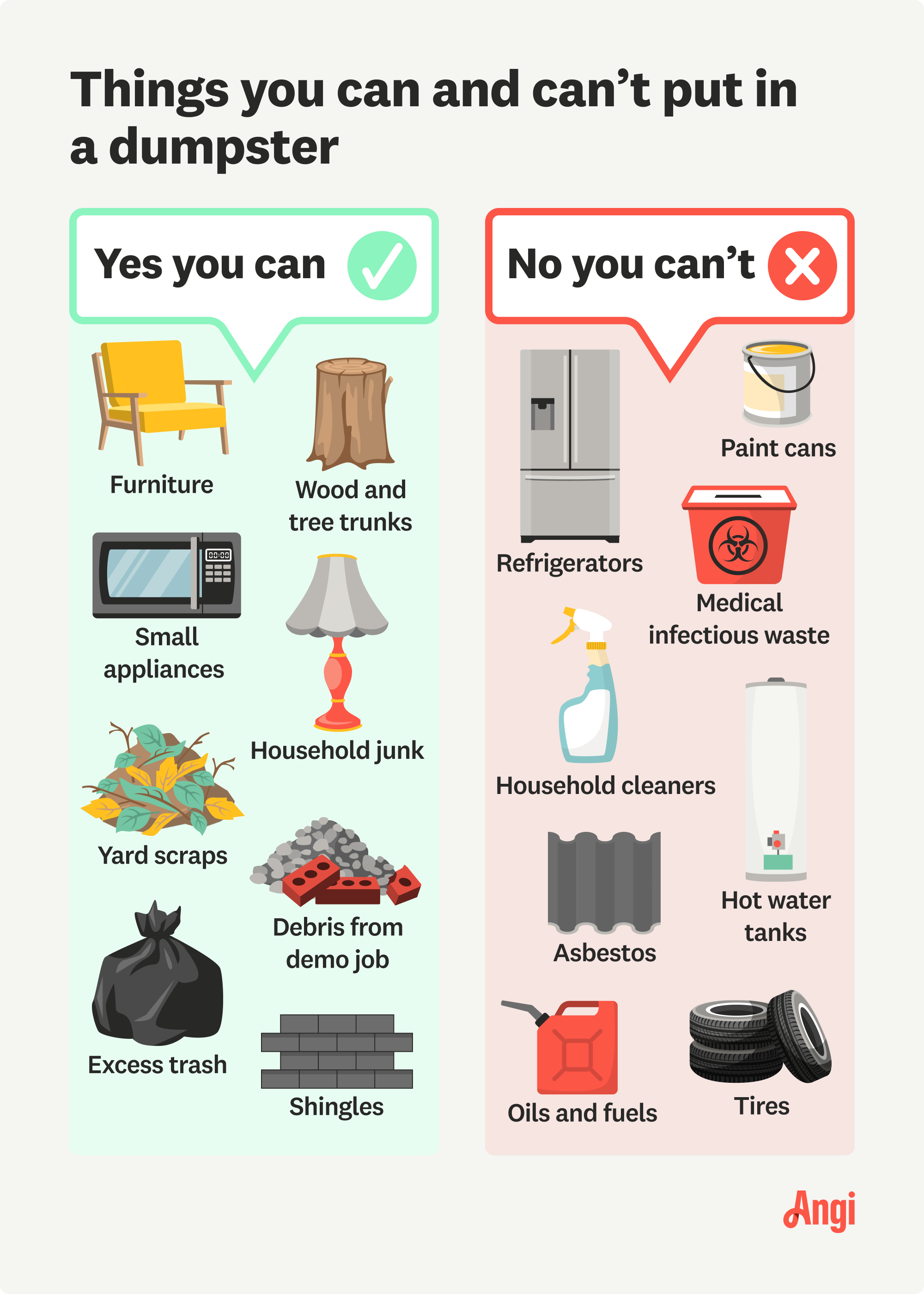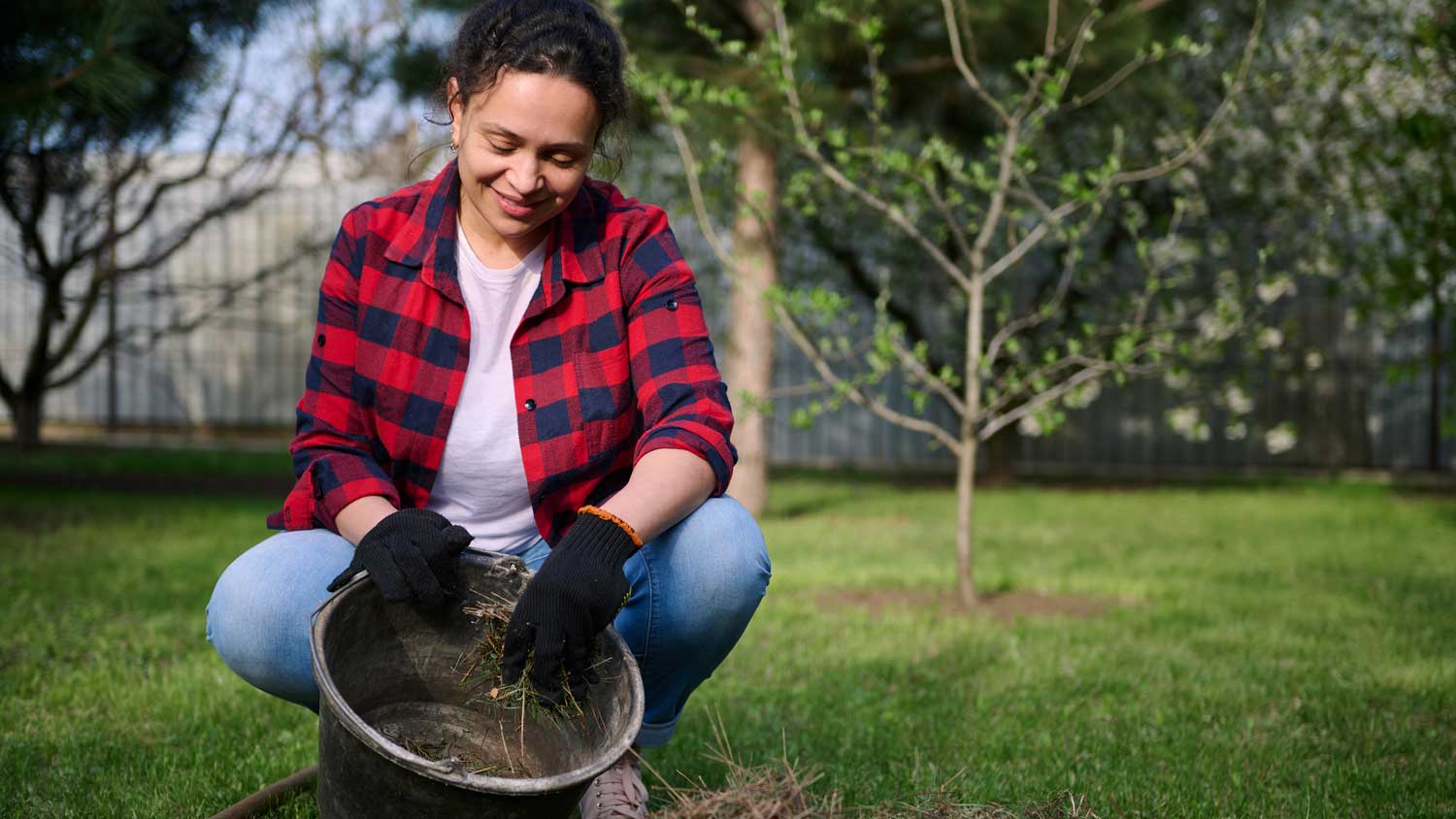
Factors like size, accessibility, and soil test results for oil leaks will determine the total cost of removing your oil tank.
Don’t get burned by improper charcoal disposal


There’s nothing like firing up the grill for some burgers and hot dogs at a summer cookout, but once everyone’s eaten their fill, do you know what to do with the charcoal and ash left in your grill? Use our guide to learn how to dispose of charcoal or reuse it safely and responsibly so your grill is ready for the next barbecue.
While charcoal grilling is undeniably delicious and a quintessential part of outdoor gatherings, it can pose environmental dangers if not handled responsibly. The way you get rid of your charcoal is just as important as disposing of propane tanks properly. They are both considered hazardous materials.
Dumping or trashing charcoal that is still warm or burning can lead to fires in residential areas and parks. Additionally, hot charcoal can damage trash containers and increase the risk of accidental burns for waste collectors.
When pieces of charcoal that aren’t fully burned end up in landfills without being contained, they can release greenhouse gases, including carbon dioxide and methane, contributing to climate change. These harmful pollutants can contaminate soil and water sources, negatively affecting ecosystems.
Charcoal disposal requires more than a pair of work gloves. It’s helpful to have a few different tools and supplies, especially depending on the disposal method. Here’s a list of everything you need for proper charcoal disposal:
Metal container with a lid
Aluminum foil
Heat-resistant gloves or tongs
Fire extinguisher or water source
Spray bottle for water
Compost bin
Shovel or scoop
Sturdy trash bag
Label

Choosing a method to dispose of charcoal depends on what the charcoal is made of and whether it’s been reduced to ash or still has chunks that haven’t been burned.

To dispose of charcoal ash in the trash, follow these steps:
Let ashes cool. Once the flames are out, close the grill’s lid and vents. Charcoal can take hours or even a day or two to fully cool.
Pour water on the ashes and stir. This ensures any hidden embers are extinguished. Don’t pour water on hot ashes—you’ll risk steam burns.
Once the ashes are fully cooled and no embers remain, scoop them into a metal container like an old coffee can or use tin foil to make a pouch to contain them. You can optionally label the container, indicating there are charcoal ashes inside.
Place the container or foil into an outdoor trash can. Don’t put it in with the recycling—ashes can’t be recycled even if the empty container is made of a recyclable material.
If you end up with a lot of charcoal to get rid of, you may want to hire a local junk removal service to take it away for you.

If you have chunks of charcoal left in your grill, you can use them again later, which is excellent for your wallet and the environment. After allowing the charcoal to cool completely, do the following:
Spray the coals lightly with water.
Let them fully air dry.
Remove the ash.
Keep the charcoal in your grill for later use.
Natural lump charcoal, made from pure hardwood with no additives, is a prime candidate for recycling. Its eco-friendly composition is ideal for composting or contributing to green waste collection programs. Call your local waste management to see what's available in your area.
To add the cooled ash to your compost pile, mix it with other organic materials you compost, such as food scraps and yard clippings. Avoid using too much ash in a single batch. Experiment with small amounts and note the impacts in your garden. The ash contains potash (potassium carbonate), which is nutritious for many plants.
The most important thing to remember when disposing of charcoal is to make sure that it’s fully cooled and no embers remain. It can take up to 48 hours for charcoal to fully cool and be considered safe for disposal. Wetting and stirring ashes can ensure there are no hidden embers.
Natural lump charcoal without any additives offers more disposal options than traditional charcoal briquettes. Be sure you know which kind of charcoal you have when choosing a disposal method.
The average cost of waste removal is $250, with a typical range between $130 and $375. However, that figure accounts for larger waste items, such as furniture, household goods, or yard debris. Charcoal disposal is often a free municipal service, but you may need to pay a small local disposal fee, depending on the amount of charcoal you’re getting rid of. Dumping fees cost between $50 and $100 per ton for non-hazardous waste and $250 and $500 per ton for hazardous waste.
Unless you have large quantities of charcoal to dispose of, you’ll be able to handle it on your own with one of the above methods. Your local garbage removal service or municipal trash collection can dispose of properly handled and contained charcoal and ash. For large amounts, a junk removal service may be able to haul it away—call to find out if they accept charcoal and ash.
From average costs to expert advice, get all the answers you need to get your job done.

Factors like size, accessibility, and soil test results for oil leaks will determine the total cost of removing your oil tank.

Mattresses are considered hazardous waste, so you’ll likely have to pay disposal fees. Use this guide on mattress removal costs to see what your total will be.

Need to get rid of paint, solvents, or other chemicals? Use this guide on hazardous waste disposal costs to see what professional removal will cost.

Fire extinguishers don’t last forever, but you can’t just throw them in the trash. Learn how to dispose of a fire extinguisher safely and correctly.

If you are wondering how to compost yard waste, we share the best methods for homeowners, including helpful tips.

Styrofoam is everywhere and it’s important to dispose of it in an environmentally responsible manner. Check out this guide to Styrofoam disposal.